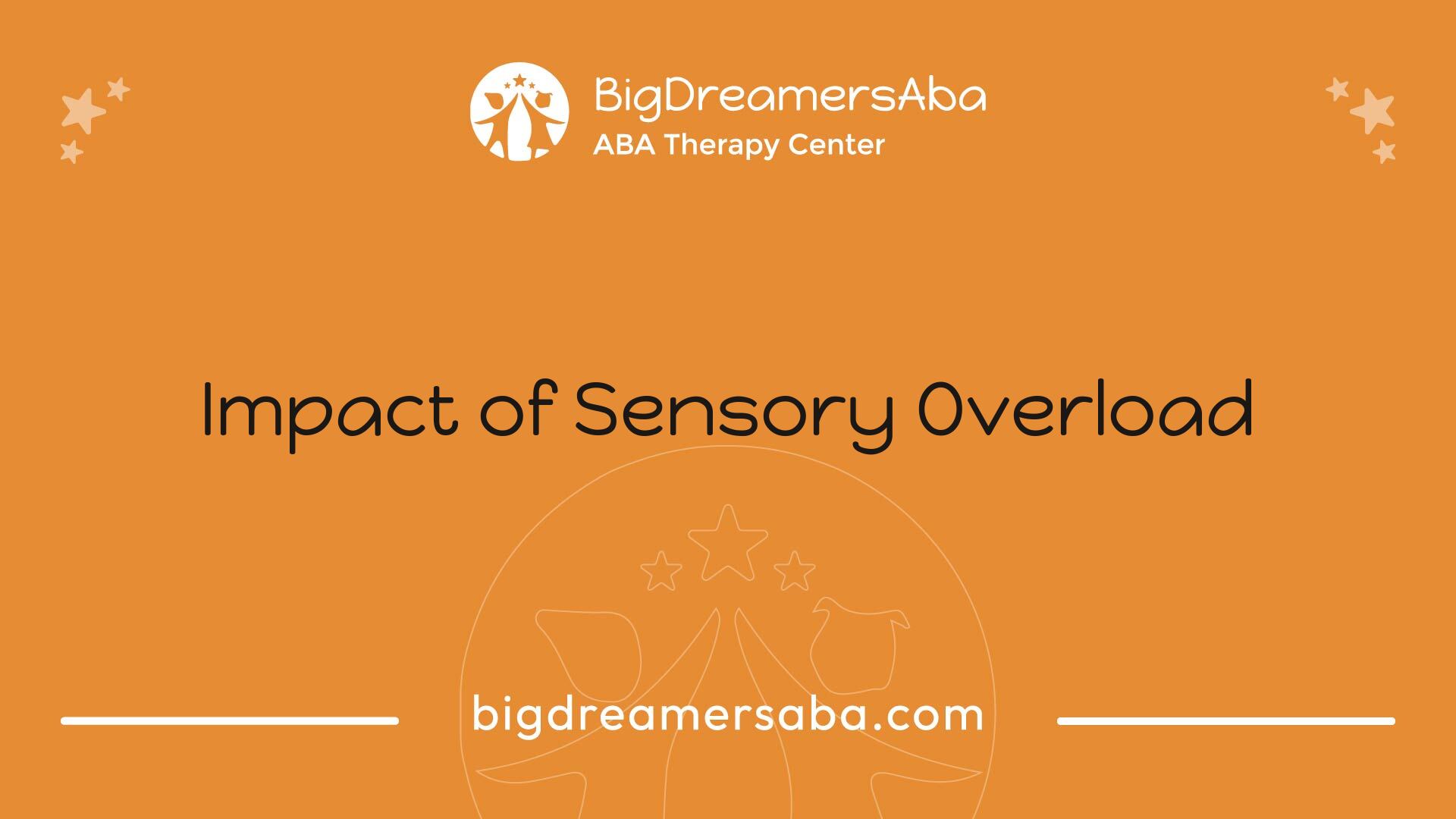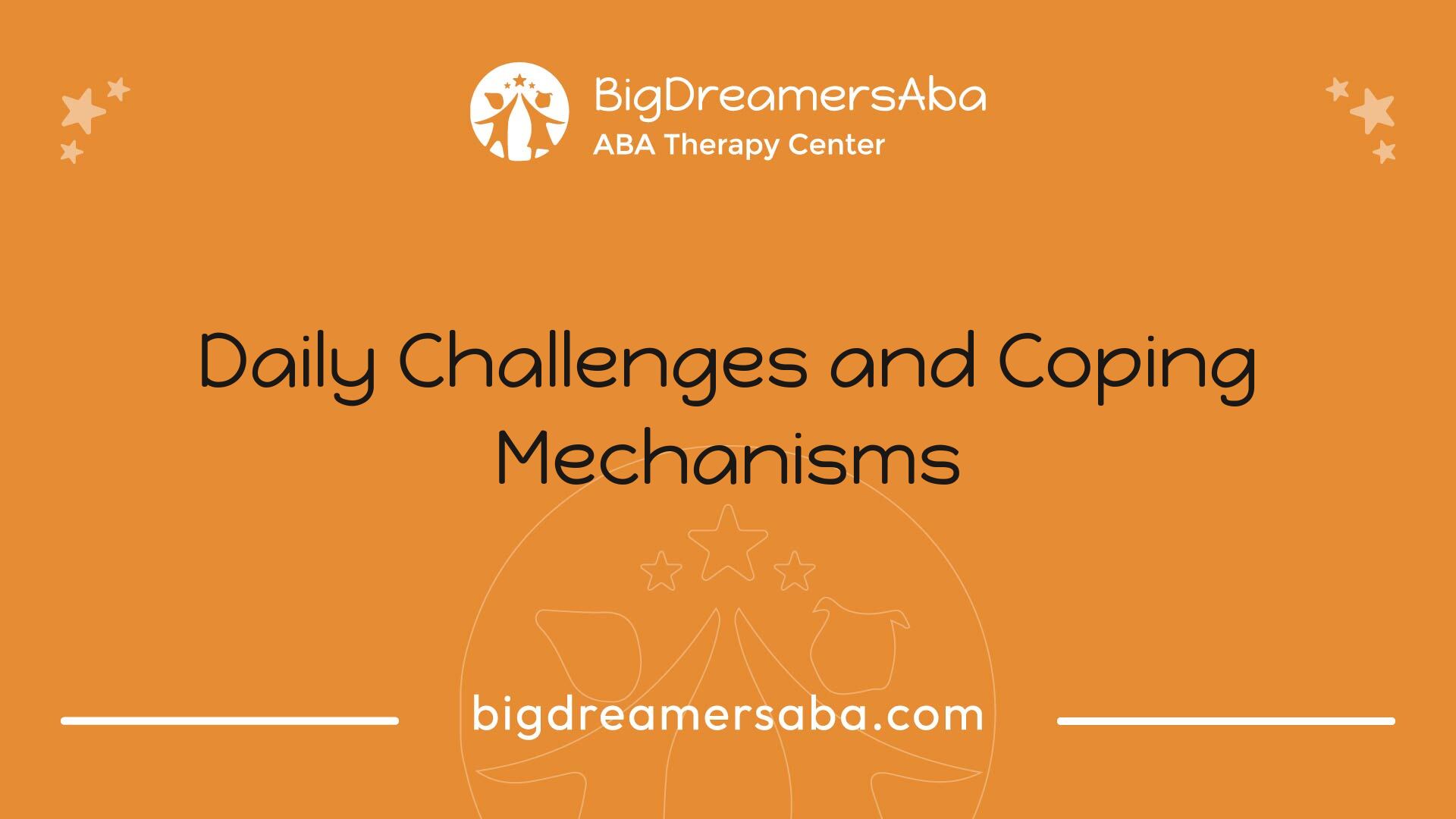Tackling Sensory Seeking in Autism
Discover effective strategies for addressing sensory seeking in autism and empower better understanding today!


Understanding Sensory Seeking in Autism
Sensory Processing Differences
Individuals with autism often display unique sensory processing differences that can lead to either sensory seeking or sensory avoiding behaviors. These differences can significantly impact daily experiences and interactions. It is important to recognize how sensory processing varies among those with autism. Research indicates that a substantial number of individuals engage in sensory seeking behaviors to fulfill their unmet sensory needs, thereby desiring heightened sensory experiences [1].
Sensory seeking behavior may manifest in various ways, such as craving loud noises, engaging in tactile experiences, or seeking visual stimuli. Understanding these behaviors can help caregivers and educators create supportive environments that cater to the sensory needs of individuals with autism. Below is a table summarizing common sensory seeking behaviors.
Sensory Seeking BehaviorDescriptionCraving loud noisesActively seeks out music or sounds to stimulate auditory sensesTactile explorationEngages with different textures through touch or manipulationVisual stimulationSeeks out bright colors or moving objects to capture visual attention
Links to Sensory Processing Disorder (SPD)
Sensory seeking is often linked to Sensory Processing Disorder (SPD), a condition that significantly affects individuals with Autism Spectrum Disorder (ASD). Research shows that about 90% of those living with autism experience SPD, which leads to various challenges in sensory regulation [2].
SPD is characterized by heightened or diminished responses to sensory stimuli, leading individuals to engage in sensory seeking behaviors to meet their sensory needs. The prevalence estimates of SPD in children range from 5% to 16% in the United States [2]. Addressing these sensory challenges typically requires personalized interventions, taking into account the individual’s unique sensory profile.
Understanding the connection between sensory seeking behaviors and SPD can aid families, educators, and therapists in implementing effective strategies for addressing sensory needs. For more insights about managing sensory experiences, visit our guide on understanding sensory processing issues in autism or learn how to create a sensory-friendly environment.

Impact of Sensory Overload
Experiencing sensory overload can significantly impact individuals with autism, triggering various challenges and heightened sensitivities. Understanding these effects is essential for addressing sensory seeking in autism.
Sensory Overload Challenges
Sensory overload occurs when intense sensory stimuli overwhelm an individual's ability to cope. This can lead to symptoms such as intense anxiety, a need to escape from the situation, or difficulty communicating. Sensory overload can be triggered by a single event or can build up gradually over time due to daily sensitivities and interactions with the environment [3].
Common triggers for sensory overload include:
TriggerDescriptionLoud NoisesSudden or persistent sounds can be overwhelming.Bright LightsIntense lighting can cause discomfort.Crowded SpacesLarge groups can heighten anxiety and sensory distress.Strong SmellsIntense odors can be distressing.
Heightened Sensory Sensitivity
Individuals with autism often exhibit heightened sensitivity to sensory input compared to neurotypical individuals. This sensitivity can lead to exaggerated responses to normal sensory experiences. For instance, everyday sounds, lights, or textures may feel extremely intense or uncomfortable, making it challenging to engage with the environment comfortably [1].
Heightened sensitivity can manifest in various ways:
Sensory TypePossible ResponseAuditoryOverreacting to normal sounds or perceiving them as painfully loud.VisualDifficulty processing bright lights or fast movements.TactileDiscomfort with specific textures or sensations.OlfactoryStrong aversion to certain smells that aren't bothersome to others.
Recognizing these sensitivities is crucial for creating supportive environments and strategies to help individuals manage sensory overload effectively. Resources such as creating a sensory-friendly environment and managing sensory overload in autism can provide further assistance.

Strategies for Addressing Sensory Seeking
Addressing sensory seeking behaviors in individuals with autism involves creating supportive environments and providing appropriate sensory tools. These strategies can help enhance the overall well-being of individuals while minimizing potential sensory overload.
Creating Sensory-Friendly Environments
Creating an environment that accommodates sensory needs is crucial for individuals with autism. Sensory-friendly spaces can reduce sensory overload and provide a safe area for self-regulation. Key elements to consider when designing such environments include:
The importance of creating a sensory-friendly environment supports individuals in managing their sensory needs effectively, as noted by strategies sourced from Adinaaba.
ElementFeaturesLightingSoft, natural lighting; dimmable optionsSoundSoundproof materials; soft musicTexturesVariety of textures (rugs, cushions)Color SchemesCalming colors (greens, blues)
For more ideas, consider reading our article on creating a sensory-friendly environment.
Providing Sensory Tools
In addition to environmental adjustments, providing sensory tools can greatly assist individuals in managing sensory seeking behaviors. The right tools can facilitate sensory input and help in self-regulation. Various sensory tools include:
Incorporating these sensory tools into daily routines can significantly improve the quality of life for individuals with sensory processing challenges. Many of these strategies and tools are supported by therapeutic interventions offered by professionals, as highlighted by information from Apex ABA.
Tool TypePurposeWeighted ItemsProvides calming pressureFidget ToolsAids focus and reduces anxietyNoise-Canceling HeadphonesMinimizes overwhelming soundsTactile ToysFacilitates tactile exploration
For a deeper understanding of the benefits of different sensory tools, refer to our article on sensory toys for autism.

Daily Challenges and Coping Mechanisms
Navigating daily challenges associated with sensory seeking in autism requires effective coping mechanisms. Employing strategies to manage sensory overload and incorporating sensory activities can greatly enhance the well-being of individuals on the spectrum.
Coping with Sensory Overload
Sensory overload occurs when intense stimuli overwhelm an individual's capacity to cope, which can lead to anxiety and a desire to escape the situation [3]. Regular exposure to daily sensory sensitivities can also contribute to this build-up.
To cope effectively, strategies may include:
StrategyDescriptionIdentifying TriggersRecognizing specific sensory inputs that cause discomfort can help in managing environments more effectively.Establishing Safe SpacesCreating sensory-friendly environments or calming sensory rooms for autism can provide a retreat from overwhelming stimuli.Using Calming TechniquesEngaging in deep breathing, grounding exercises, or sensory breaks can help alleviate feelings of distress.
These coping mechanisms aim to ease discomfort and provide better opportunities for learning, socializing, and communication.
Incorporating Sensory Activities
Sensory activities are beneficial for individuals with autism as they can stimulate sensory processing positively. These activities help in managing sensory-seeking behaviors and promoting engagement in a safe manner.
Common sensory activities might include:
ActivityPurposeSensory TablesUsing a sensory table for autism can provide tactile experiences through various materials like sand, water, or rice.Creative PlayArt and music activities can foster sensory engagement and creativity while allowing for the exploration of different textures and sounds.Physical ActivitiesActivities such as jumping on a trampoline or swinging can provide the necessary movement that some individuals seek, helping to channel their energy productively.
Incorporating these sensory activities into daily routines not only aids in addressing sensory seeking in autism but also enhances overall quality of life. Adapting to individual sensory needs may involve environmental modifications and the introduction of new habits, contributing to a more inclusive and supportive environment for those on the autism spectrum. For further understanding, explore our article on understanding sensory processing issues in autism.

Interventions for School Participation
Effectiveness of Sensory Interventions
Interventions for addressing sensory challenges in individuals with Autism Spectrum Disorder (ASD) focus on providing controlled sensory experiences. These experiences facilitate improved modulation and integration of environmental sensory inputs, promoting adaptive responses [4]. Research indicates that between 45% and 96% of children with ASD experience sensory processing difficulties, impacting their social engagement and daily activities. Thus, effective sensory interventions are crucial for enhancing school participation.
Common therapeutic approaches such as occupational therapy and sensory integration therapy are utilized to tackle these sensory challenges. These therapies aim to improve functional skills and help individuals manage their sensory needs effectively. Positive outcomes have been reported, making occupational therapy particularly sought after by parents of children with ASD.
Intervention TypeEffectiveness LevelOccupational TherapyFrequently requested, positive outcomes reportedSensory Integration TherapyVariable effectiveness due to methodological limitations
Sensory Integration Therapy Criticisms
Sensory integration therapy, despite its traditional use in remediating sensory disorders, has faced several criticisms. It is often viewed as expensive and intensive, posing challenges for integration into family routines and daily life [5]. Parents and caregivers may find it difficult to maintain consistent therapy sessions amidst their schedules.
Additionally, some studies point out methodological limitations in the research surrounding sensory integration therapy, indicating a need for more rigorous research protocol and adherence measurements [6]. While many report benefits, the variability in effectiveness and the lack of standardized measurement can complicate the evaluation of these therapies.
Effective interventions should be tailored to individual needs, incorporating a variety of tools like sensory toys for autism and interventions like creating a sensory-friendly environment. Addressing sensory seeking behaviors in school settings is critical for better educational engagement and overall well-being in individuals with autism.
Sensory-Based Approaches
Sensory-based interventions play a critical role in addressing sensory seeking in autism. By understanding the differences between sensory and sensorimotor interventions, caregivers and educators can choose more effective strategies for supporting individuals with Autism Spectrum Disorder (ASD) and Attention Deficit Hyperactivity Disorder (ADHD).
Sensory vs. Sensorimotor Interventions
Sensory interventions focus primarily on enhancing sensory experiences, helping individuals become more aware of the sensory input around them. They aim to either reduce sensory overload or promote sensory seeking, depending on the individual's needs. On the other hand, sensorimotor interventions combine sensory experiences with motor movements. These approaches often focus on integrating physical activity to improve overall sensory processing.
Approach TypeDescriptionFocusSensory InterventionsEnhance sensory experiences and awareness to reduce overload.Sensory awarenessSensorimotor InterventionsCombine sensory input with physical movement to aid integration.Motor development & sensory integration
Both types of approaches can be valuable for individuals exhibiting sensory processing differences. Research indicates that sensory-based and sensorimotor approaches may be more effective than traditional sensory integration methods, particularly in classroom settings where maintaining focus and minimizing disruptions are essential.
Addressing ADHD and ASD Sensory Needs
Sensory processing complications are prevalent in approximately 90% of individuals with ASD, and they also occur in those with ADHD [2]. Children may display both sensory seeking and sensory avoiding behaviors, creating a complex interplay that can be influenced by various factors, such as environmental stressors or situational changes.
To cater to the unique sensory needs of individuals with ASD and ADHD, a wide range of sensory tools and calming techniques can be implemented. These interventions can be tailored to accommodate various sensory preferences and challenges, including:
By understanding and acknowledging the specific sensory needs of individuals with ASD and ADHD, caregivers can develop effective strategies that foster positive sensory experiences, helping them navigate daily challenges more successfully.
References
[2]:
[3]:
[4]:
[5]:
[6]:
Recent articles

How ABA Therapy Can Help Improve Focus and Attention in Children

Why ABA Therapy is the Gold Standard for Autism Treatment
